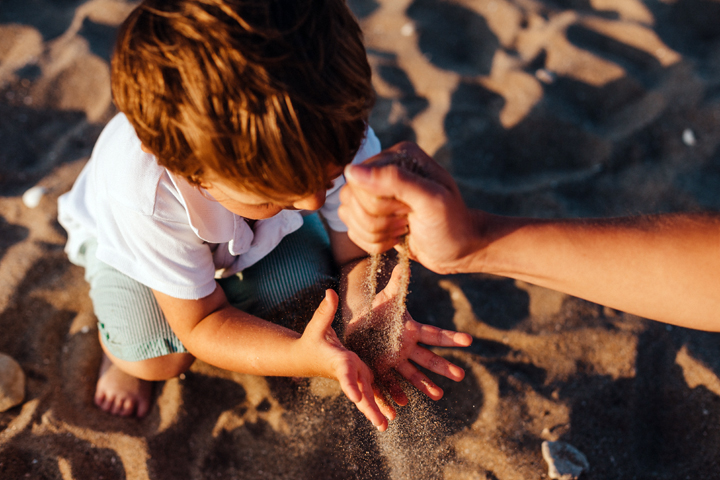Tactile Activity Ideas For The Child With Sensory Processing Disorder Or ASD (Part 1 Of 5:)

Sensational Strategies to Strengthen Sensory Skills 101 FUN sensory activities to do with your child
Make sensory processing activities fun so your child will want to do them
Your goal is to help your child build up his/her ability to use sensory processing in order to achieve his/her “just right” (balanced) state of mind to function well in the world. You will support this through planned activities, which your child will experience as play. These tactile hands-on activities will help your child’s brain develop; practice recognizing, interpreting and correctly processing signals from his environment; and increase her overall alertness. Plus, they are actually a lot of fun to do — especially together. So you’ll both gain the added bonus of spending enjoyable time with each other.
Trying things out
As we’ve read recently, there is no one specific strategy that works for all children, or even for the same child on different days. So be prepared for trial and error as you engage in different activities to see what works best for your son or daughter. You, and/or a professional OT working with you and your child, observe your child to see which sensory activities s/he gravitates toward. Start with those and build on success.
Taking aim
In this post and the next four, you will find strategies to help get to that “just right” level of sensory processing, organized by these five sensory systems:
Tactile — touch
Vestibular — movement
Proprioception — muscle work
Visual — seeing
Hearing — listening
There will naturally be some crossover between activities, so targeting one sense may also help another improve. Win win!
Target: the tactile system
The first sensory system we will address is the tactile system; the sense of touch. It tells us when a stove is too hot to touch; a metal pole in winter too cold to touch; when we are in pain, etc. Through sensory receptors in the skin (the largest organ of the human body, as you may recall from high school biology!), the tactile system alerts our brain to experiencing sensations produced by different surfaces, textures, pressures, vibrations, and more.
Here are 20 fun activities (or categories of activities) you can use to increase your child’s tactile awareness/processing:– Walking barefoot
– Building with blocks
– Manipulating small objects such as Legos, puzzles, lacing, beads, etc.
– Finding objects you have hidden in containers of rice or beans
– Using classroom tools such as crayons, scissors, brushes
– Painting with different types of brushes on different textures
– Drawing with wet or dry chalk
– Gluing art projects
– Playing with hands-on sensory objects such as water, sand, oatmeal, finger paint, paint, bubbles, play dough, silly putty, and clay
– Playing with messy textures, such as snow paint (shaving cream and glue), gak (borax, glue and water), slime, foam, shaving cream, cornstarch and water, cooked noodles, and finger paint using hands and feet.
– Face and body painting
– Playing in the sink / bathtub
– Taking a bubble bath
– Washing and drying hands
– Stirring cookie dough
– Examining natural objects: pinecones, feathers, sticks
– Curling up in secret hideaways
– Playing musical instruments
– Dressing up
– Eating snacks with different textures
Remember, not every strategy will appeal to your specific child with SPD or autism, so relax and have fun trying them out to figure what works best!
Looking ahead:
In the next post, we will discuss ideas for different vestibular-system-stimulating activities.
Do you and your child engage in any special tactile activities? What works well for your family? Please share your thoughts in the comments section below. Also, let me know there or via email what topics you would like to discuss or hear more about.Feel free to share or quote from this blog (with attribution, please, and if possible, a link), and to repost on social media.
I look forward to hearing from you!
All the best,
Miriam
